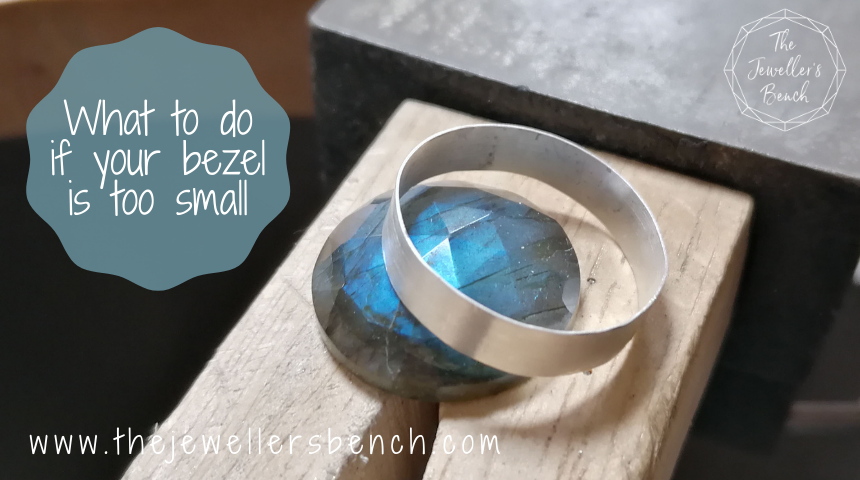Ten facts about Aquamarine, March's birthstone
Beautiful Aquamarine shades of blues and sea greens is one of March's birthstones.
Read on to find out more about it's history and myths!

2. Aquamarine registers between 7 and 8 on the Mohs scale, so it is a strong stone, good for daily wear. It can, however, be scratched so be careful how you store it.
4. Aquamarine was not always known by this nautical name and used to be called “sea green beryl”. According the Webster Dictionary the name aquamaine first appeared in 1677.


6. The most valuable aquamarines come from Brazil, but it is also mined in Kenya and Nigeria, Madagascar, Zambia, Tanzania, Sri Lanka, Pakistan, Afghanistan and Russia.
7. The largest cut aquamarine gemstone is a little too big and heavy to wear in a piece of jewellery as it measures 36 cm tall by 10 cm wide. The Dom Pedro aquamarine was cut from a crystal originally weighing approximately 100 pounds (45 kg) and measuring more than 3 feet (0.91 m) in length, and is has the most gorgeous star pattern inside. The value of the aquamarine itself is US$6 million, but in reality the value can't be calculated as it just cannot be replaced. You can see the Dom Pedro in the Smithsonian National Museum of Natural History's Janet Annenberg Hooker Hall of Geology in Washington.
9. Many aquamarine gemstones are heat-treated to bring their color closer to a true, vibrant blue. This color change is permanent, and doesn't damage the stone. Heat-treated stones should be clearly marked as such when they are sold, and they are usually lower in price than natural stones with the same hue.
10. Ancient Romans believed that the god Neptune found the first aquamarine gemstone washed up on the shore after it had fallen out of the siren’s jewellery box. Neptune then decided he would protect sailors who wore the gemstone as he didn't want such beautiful gems to be lost in the sea!
11. And one last bonus fun fact for you... in Germany, thin aquamarine crystals used to be worn as eye glasses to correct shortsightedness.

Want to find out more about using gemstones in your jewellery?
Here are some useful blog posts and tutorials.
What to do if your bezel is too small for your stone
You've cut your bezel strip to size, filed the ends, soldered and carefully neatened up the solder join - only to find that the bezel is now too small for your stone! Don't worry, we've all done it.... and I'm going to show you an easy way to put it right.
Stone Set Rings
Start with simple hammered rings and then learn how to adorn them with small cabochons!
How to repair your burnisher - and why you need to!
A burnisher is a must-have for stone setting - and for many other jobs too! However, burnishers must be looked after carefully if they are going to give you the best results. To find out why and how to look after them read on!
Make Your Own Stone Setting Tool
Learn how to turn a nail into a great stone setting tool - with stone setting tips too!
And for weekly jewellery making tips and a place to share your work and ask for advice join The Jeweller's Bench Café facebook group! Just click on the photo...


Joanne Tinley
The Jeweller's Bench is run by Joanne Tinley. She has been making her own jewellery for as long as she can remember and left her first career as a school teacher to set up business as a jewellery designer and tutor nearly 15 years ago. She is self-taught and like many people started with wire and beads. Learning how to solder, however, opened up a whole new world of jewellery making, one that she is keen to share! There is something so magical about watching solder flow through a seam, joining two pieces of metal together smoothly.



